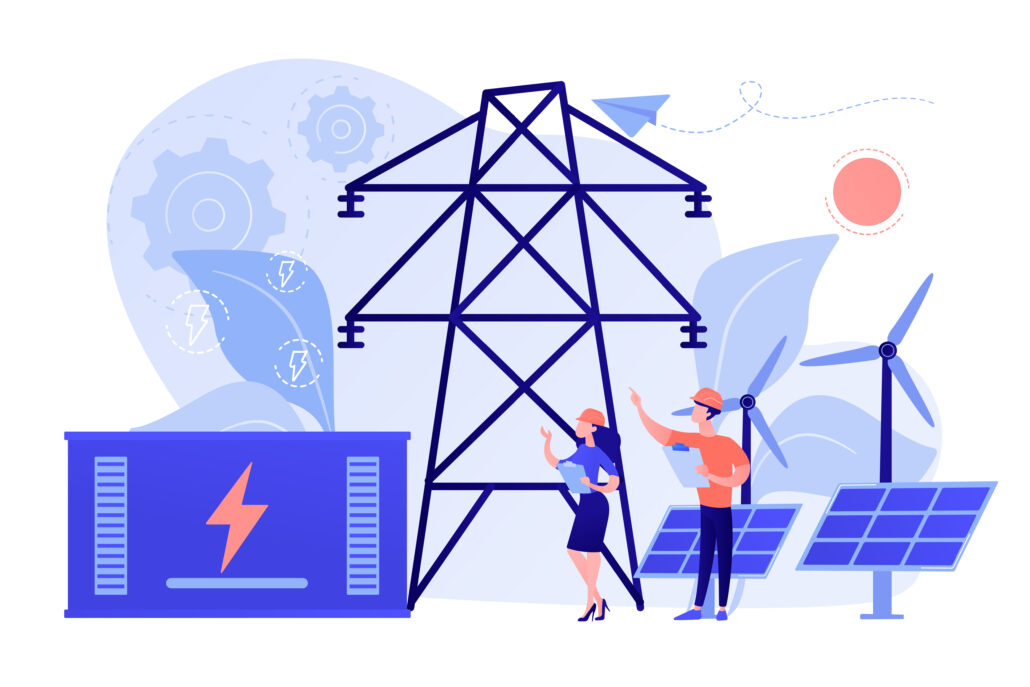Written by Petros Magkos, electrical engineer at Wattcrop.
In the pursuit of a sustainable and environmentally friendly energy future, the coupling of renewable energy sources with energy storage technologies is revolutionising the grid. Renewable energy sources such as solar and wind energy offer clean and sustainable alternatives to fossil fuels. However, the variable nature of their production due to weather conditions creates challenges for grid stability and reliability. Energy storage technologies, including batteries and pumped storage, can play an important role in reliable grid operation.
Recent advancements in these technology, including improvements in battery chemistry and falling costs, have made energy storage increasingly practical and cost-effective. These innovations have expanded the role of energy storage beyond individual homes to large-scale utility applications.
Key Energy Storage Technologies
Battery Energy Storage Systems: The most commonly used technology is lithium-ion batteries, among others. They are widely used for energy storage due to their characteristics of offering high energy density and fast response times.
Hydropower pumping: It is a mature technology that technology can use the excessed energy from renewable energy sources to pump water into an elevated reservoir and release it to generate electricity during peak demand.

Advantages of Coupling Renewable Energy with Energy Storage
Grid Reliability: Storage systems enhance grid stability by providing consistent and reliable power supply when the energy storage system is charged. Energy storage can also provide ancillary services instead of conventional units to ensure grid reliability. At the same time, during grid outages, it provides backup power ensuring that critical services remain operational.
Peak load management: Managing peak demand on the grid by discharging storage systems can be another important factor. This improves grid operation by avoiding the risk of blackouts and grid overloads.
Enhanced Renewable Penetration: The coupling of renewable energy sources with storage systems allows for greater penetration of more sustainable energy sources into the grid. The ability to provide flexibility in the use of intermittent renewable energy sources can contribute to further penetration of these sources. It also helps to combat the effects of climate change by reducing dependence on fossil fuels.
Energy Cost Savings: By using energy storage systems it is possible to store excess energy during periods of low demand or high production and discharge it when demand is high. This reduces energy costs for both utilities and consumers.
The coupling of renewable energy sources with storage technologies is a worthwhile approach to energy transition. By addressing the intermittent power of renewables and enhancing grid stability, this integration paves the way for a more sustainable and resilient energy future. As the world continues the transition to clean energy, the benefits of this synergy will play a key role in building a sustainable more reliable grid.
Find more interesting articles by Wattcrop team!

